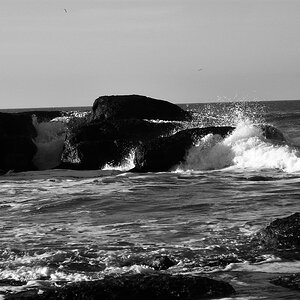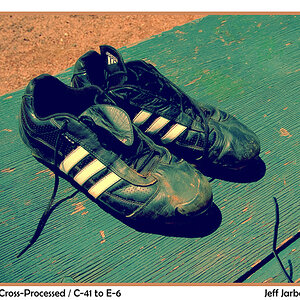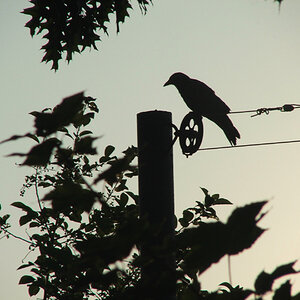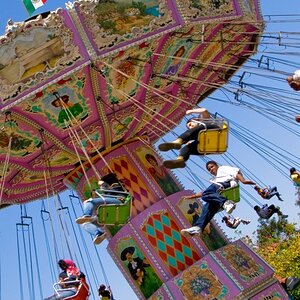thepaulreid
TPF Noob!
- Joined
- Nov 15, 2011
- Messages
- 75
- Reaction score
- 13
- Location
- Kent, UK
- Website
- www.flickr.com
- Can others edit my Photos
- Photos OK to edit
Enjoy!! gsgary. I love my Rolleicord, soul in a black metal box  . Mamiya c330 was on my list too before I saw the 'cord. Great camera the c330 tho!
. Mamiya c330 was on my list too before I saw the 'cord. Great camera the c330 tho!


![[No title]](/data/xfmg/thumbnail/36/36396-f8e84def7352af726df923054b86284f.jpg?1619737549)





![[No title]](/data/xfmg/thumbnail/33/33421-38d09827e584b8381c5e3a468cdf0159.jpg?1619735961)




![[No title]](/data/xfmg/thumbnail/36/36601-26ec0a53712c5470af53be9652811a6e.jpg?1619737641)